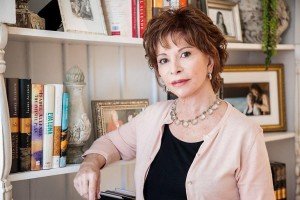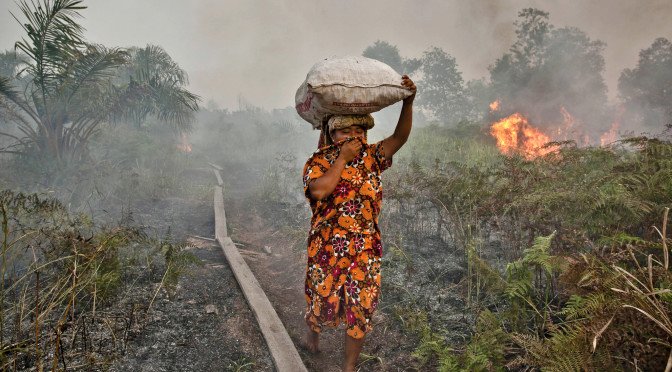The first weekend of EAST is over but you have one more weekend to check it out! Perhaps you didn’t get a chance to go or perhaps you went and weren’t able to see all the galleries. I recommend heading out early to beat the crowds.
Stack out a spot at Sa-Ten, the amazing Japanese fusion cafe inside the Canopy art complex where you can enjoy your cappuccino with a breakfast of smoked salmon with sriracha mayo, nori, mozzarella on toast. That’s just one of many offerings, in addition to everything from oatmeal to allegedly the famed Red Rabbit vegan donuts. But wait, you say…Red Rabbit vegan collective closed, how is it I can get my vegan donut fix on? Wheatsville Co-op came through and saved the day. Point is, when EAST is happening you don’t want to spin your wheels elsewhere in town doing brunch, you need to get out into it early. As the day progresses at Canopy you can enjoy the best teriyaki gluten-free fried chicken with a side of kimchi, and some of the galleries offer free beer (sorry not gluten-free).
This is the 14th annual EAST that Big Medium and the Austin art community have put together. Featuring 287 artists, 152 exhibitions and 7 happenings there’s more than enough for everyone. They’ve even put out a handful of different guides to curate and help plan your attack.
Taking kids? Check out the events in their family-friendly guide, like Austin’s Tinkering School, Austin’s own Maker Space, for hands-on art-making activities. Or Creative Action‘s Community Art Sunday on Nov. 22 where you can enjoy dance, music, food, art and inventing. Or perhaps you and your kids would like to check out kinetic steel sculptures inspired by Jean Tinguely. Your purchases will go to Save Our Springs Alliance at Barry George’s collection at 204 Attayac St.
I went to EAST last weekend and was impressed with what I saw from the following artists.
- Diana Presley Greenberg‘s delicate abstracts are like viewing a gentle bouquet of flowers through a soft curtain of linen. Other examples feature bold splashes in complex relationships upon white canvas, bringing to mind Swedish interiors.
- Gert Johan Manschot produces dramatic works resembling Japanese Zen calligraphy.
- Alex Diamond‘s work was a personal favorite of mine, for his fantastic sense of texture, line and intensity, with a cartoon/graffiti edge. He produces woodcuts, photo paintings and installations.
- Chun Hui Pak creates gorgeous geometric abstract works inspired by the structures of origami. Her pieces serve as 2-D interpretations of the ancient art of paper-folding.
- Ann Fleming produces vibrant abstractions with bold punches of color that relate to each other in surprisingly ways.
- I was blown away by the assemblage work of Janie Milstein. Inspired by cityscapes her textured work features architectural abstractions, layers of material and an industrial palate that will leave you speechless.
- Rothko Hauschildt is a budding encaustic artist whose pieces communicate intensity and release.
- Flip Solomon is an incredible illustrator, her drawings are eclectic and full of wonder.
So get out there and see these and other artists. And if the crowds become too much, escape to the quiet retreat of Zhi Tea on Bolm. If the weather is fair they have a beautiful garden patio under the trees.


